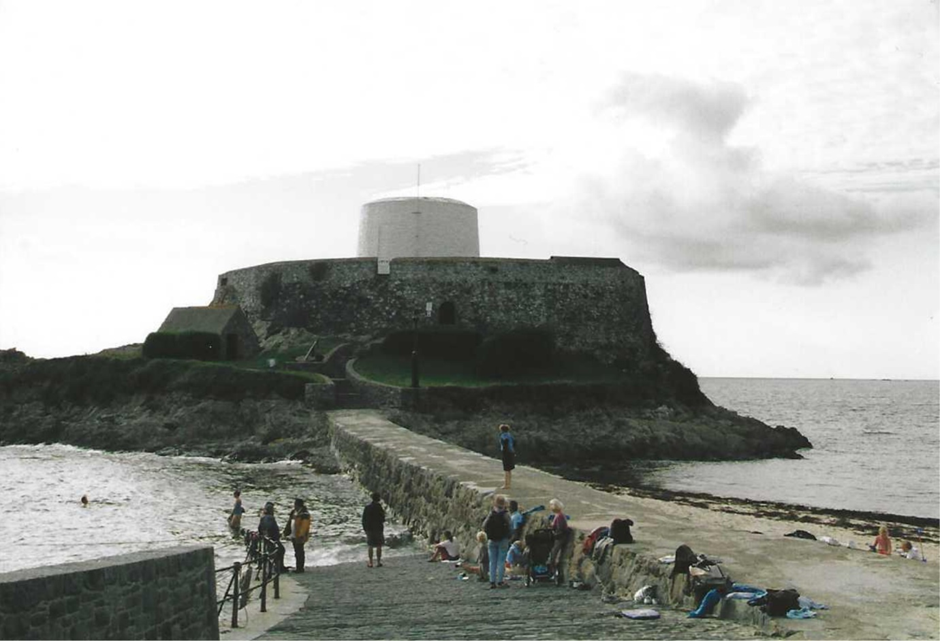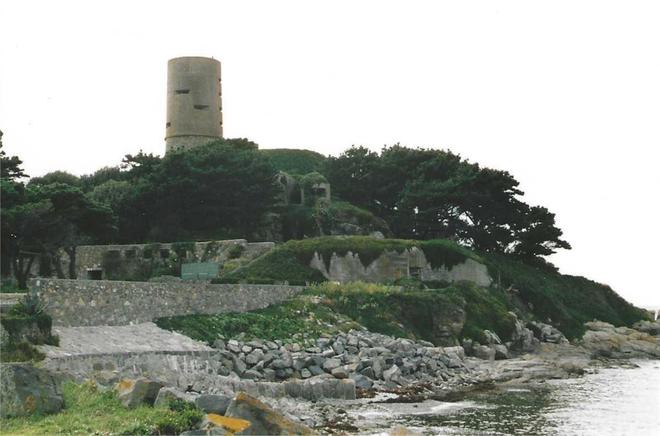
+1 234 567 8910
The Girl from the Island
by Lorna Cook

Lorna Cook is a new author for me. I discovered her last summer, read her first novel and then devoured her other two!! And I have loved them all. Dual storylines, set in wartime – romance, intrigue, suspense – what more could you want?
The Girl from the Island is set on the beautiful island of Guernsey, a place I have visited twice and loved. Even today, it is steeped in wartime history with fortifications still on the coastline, museums filled with wartime stories and artefacts and an underground hospital. We visited everything possible whilst we were there and were shocked by the fact that the Channel Islands were occupied and the British Government did little if anything to prevent it. For almost five years, Guernsey suffered the deprivations of an occupied country, literally living with the enemy. There was severe rationing in place due to a shortage of food and many restrictions on normal life.
This book has a dual timeline set in 1940 with the story of Dido and her sister Persephone and 2016 with Lucy and her sister Clara. In 2016 Lucy returns to Guernsey to help her sister sell the home left to them by their distant cousin Dido. Lucy is tasked with organising the house and getting it ready for sale and she is surprised to find that there is little there to remember Persephone. She finds a box containing some letters and the word resistance leaps from the page, there is also a photograph of two young women and two young men. Lucy is convinced one of them is Dido, but could the other be the elusive and intriguing sister, and who are the young men? With the help of neighbour Will, Lucy decides to research Dido, her home 'Deux Tourelles' and the various occupants that lived there throughout the war years.
In 1940 Dido and Persephone are left alone in their home 'Deux Tourelles' following the sudden death of their mother. Before her body has even been removed from the house, they receive the shocking news that they are to take in a German soldier, the enemy. But as the Captain in the German Army arrives, they are shocked to discover it is their childhood friend Stefan who they spent many happy summers with when they were younger, alongside their maid’s son Jack. Life for the two sisters will never be the same again as events begin to unfold.
This is a fabulous story of intrigue and romance, betrayal, resistance and fear, with numerous twists and turns to keep the reader guessing. Who can be trusted? Who is telling the truth? There are emotional and dramatic scenes that will tug at the heartstrings and real historical events woven throughout the story, giving a vivid picture of what the people of Guernsey had to endure whilst living under enemy rule for such a long period of time.
The descriptions of the area brought back many memories of my visits there and I could picture various locations mentioned. At the back of the book are author notes which are both interesting and helpful, and details of how Lorna had completed her research into real events. She had been preparing to visit the island to gather research when the pandemic struck and her travel plans were curtailed, so much of her writing is from memory or online research. Lorna also helpfully suggests ideas for further reading for all those interested in discovering more about the Occupation of the Channel Islands.
The book is an excellent read, both gripping and heart-breaking at times and is dedicated to all Channel Islanders, the Jews who were transported and all those Islanders who bravely resisted their enemy despite the ever-present fear of discovery, betrayal, arrest and transportation. There were many who resisted bravely but sadly never returned.

